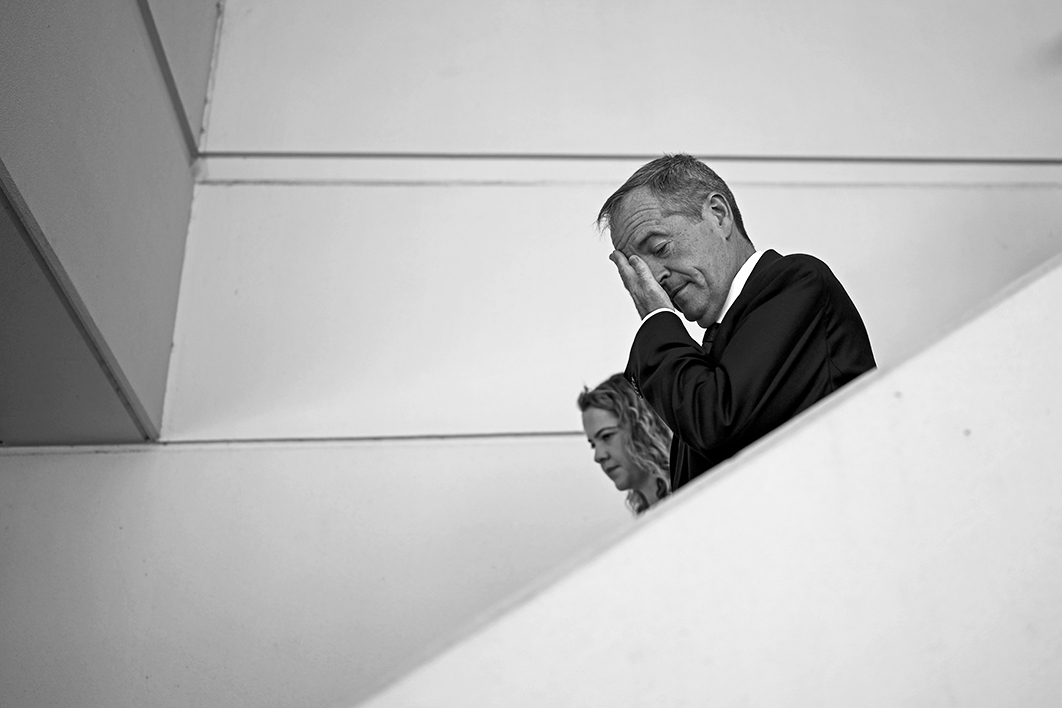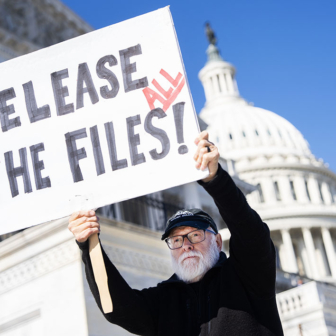Buried in last week’s Labor Party election review lay a small surprise about the party’s tracking polls.
During the campaign, the internal polls were not as encouraging for Labor as the public polling, though they still generally had it a bit ahead, and on election eve they put it on 50 per cent after preferences. This was not a national figure; tracking polling is done in a basket of marginal electorates. As the review noted, Labor’s 2016 vote in the tracked seats was 48.7 per cent, so the final pre-election number in May was a modest 1.3 per cent swing to the opposition. This compares with Newspoll, say, whose final national poll showed a 2 per cent swing to Labor. The actual result was a 1 per cent swing to the government.
What was surprising was the fact that “less than a week into the campaign,” according to the review, “Labor’s primary vote had slipped to 34 per cent and its two-party preferred vote to 47 per cent.” That’s a 1.7 per cent swing against Labor compared with the 2016 result — one week into the campaign.
You wouldn’t have known it from journalists’ accounts of cheery briefings from their Labor Party sources at the time. Yes, they reported opposition leader Bill Shorten’s week one “stumbles,” most of all on superannuation, but expectations for the opposition remained upbeat. As far as I am aware, no journalist reported that Labor was, on that party polling, going backwards from the last election.
You might think members of our fourth estate would learn a lesson from this — that they’re being used when they pass on these whisperings at face value — except we know they haven’t yet and never will, because a journo who expressed the merest skerrick of scepticism when recounting information from “party insiders” would find the tap quickly turned off.
I don’t know what Liberal tracking was showing, but throughout the campaign party figures were telling the press gallery that things looked grim from their point of view. So both sides saw it in their interest to talk up expectations of a change of government.
The idea that creating this kind of expectation increases its chances of happening is sometimes known as the “bandwagon effect.” Lots of people seem to believe in it — including Labor insiders, on the evidence — and some academics claim to have shown it to be real, but in reality it’s impossible to prove one way or the other.
Those loopy conspiracy theories about Rupert Murdoch rigging his Newspolls in favour of the Coalition (favoured by the late Bob Ellis and thousands of people you’ve never heard of on social media) rest on a bandwagon assumption. So, I suppose, has the occasional behaviour of the Australian over the years, such as its embarrassing, desperate insistence on playing up John Howard’s chances back in 2007, scouring its latest Newspoll for something, anything, to indicate the Conviction Politician was about to make a comeback.
The bandwagon effect has always struck me as inapplicable to electoral behaviour, at least in Australian elections. In fact the opposite, an “underdog effect,” is more likely. And in 2019, Labor’s expected victory concentrated the minds of voters on the prospect of a Shorten Labor government, while the Coalition seemed quite content to be the underdog.
(It’s different when a hung parliament seems possible. I have a theory — also unprovable — that during Victoria’s state election a year ago the Liberal opposition’s repeated warnings of a Labor government reliant on the Greens drove some dispirited Liberal supporters to vote Labor in the hope of making sure the Greens weren’t the king-makers.)
Meanwhile, the latest Newspoll is out today. In May, the Coalition got 51.5 per cent after preferences; it then peaked at 53 in a July Newspoll, and now it’s level-pegged with Labor. Flip the lid off the esky, we have a contest! Except that no one takes opinion polls seriously since 18 May — an upside of the pollsters’ failures for the health of our democracy and our general sanity. And it’s a long way to the next election.
The big take-out is a leap in Anthony Albanese’s net satisfaction rating. As Kevin Bonham notes, it’s the biggest jump since Tony Abbott unexpectedly did so well at the 2010 election. One might be tempted to put it down to his “Jobs and the Future of Work” speech the week before last, but that would imply enough people were paying attention, or saw enough of it on the news to make an impression.
What are respondents thinking when they answer the “how satisfied” (or “do you approve”) question? In the case of an opposition leader, a fair chunk are just party supporters desperate for a win and making a judgement about political accomplishments: is the leader scoring points, is he or she going to take us to the promised land? In the context of wide expectations of a Labor victory this year, Bill Shorten’s stubbornly low ratings are certainly worth reflecting on.
A slightly encouraging poll today tells us nothing about a likely election outcome in two years. But for a party leader wishing to still be in the position then, every little bit helps. From the point of view of Albanese and his office, this would be a “good Newspoll.” •





